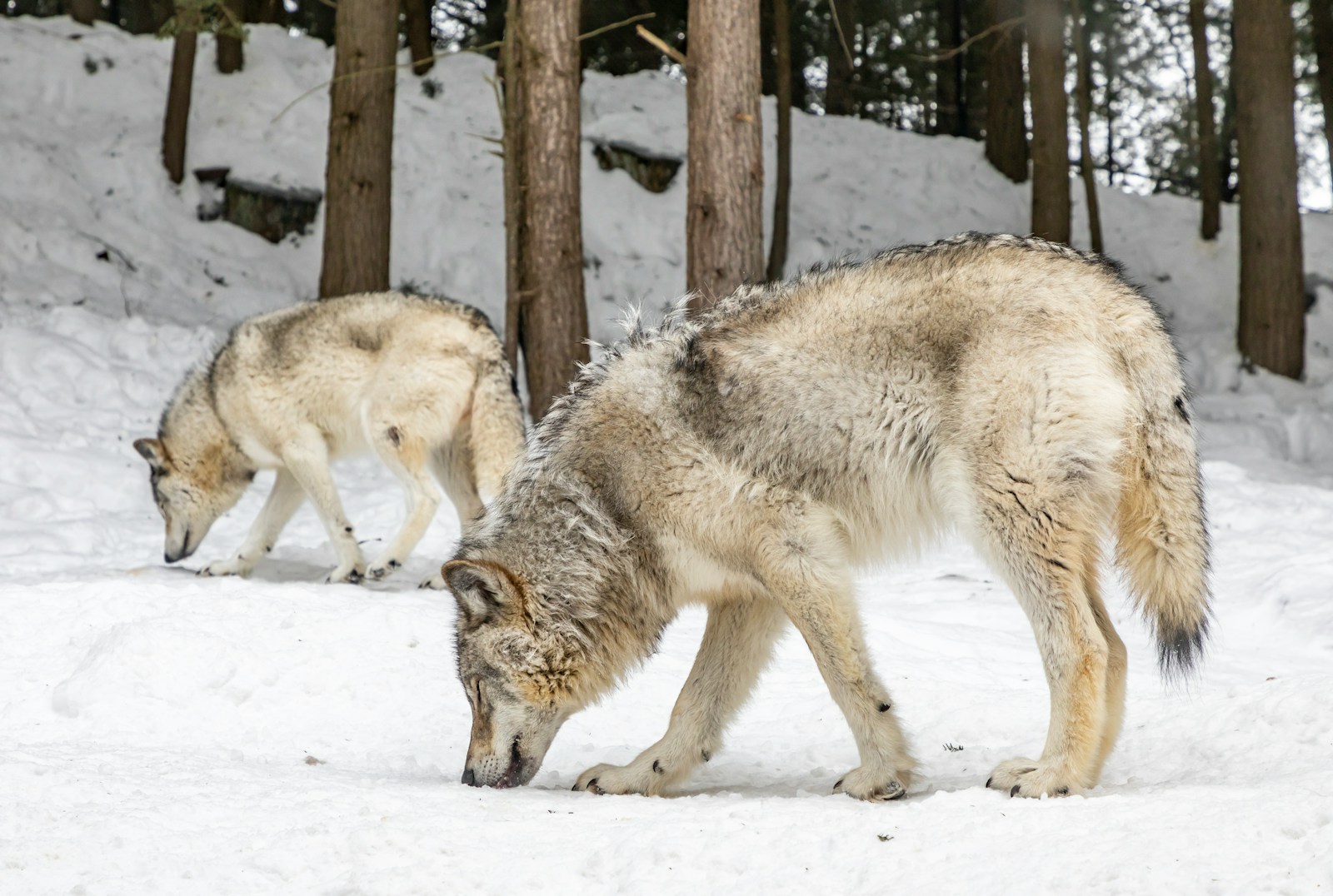Wolves have long captured human imagination, featuring prominently in our folklore, mythology, and scientific research. Yet despite centuries of observation, much of their natural behavior remains shrouded in mystery. What truly happens in the depths of forests, across vast tundras, and within mountain ranges when these intelligent predators believe they’re unobserved? Modern research techniques including remote camera traps, GPS collars, and long-term field studies have begun to reveal fascinating insights into wolf behavior beyond human presence.
These glimpses into their “secret lives” show complex social dynamics, sophisticated communication systems, and remarkable adaptability that challenge many of our preconceptions. The following exploration takes us into the hidden world of wolves, illuminating what these enigmatic predators do when they think no one is watching.
The Hidden Social Hierarchy Beyond Alpha and Omega
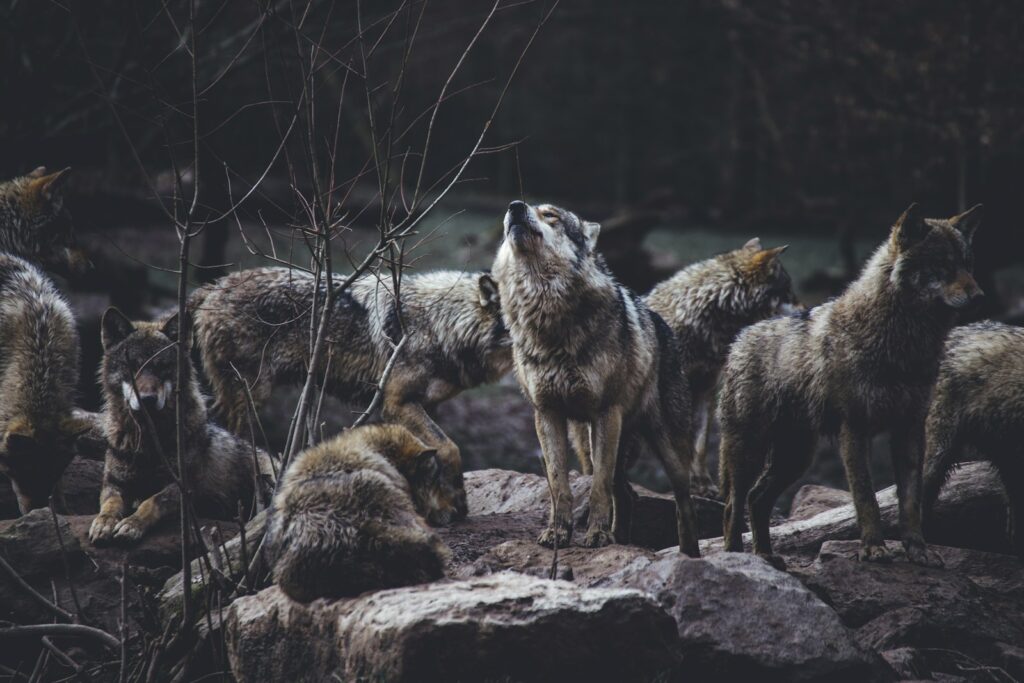
While popular culture has simplified wolf pack structure to dominant alphas and submissive omegas, research shows their social organization is far more nuanced when humans aren’t present. Wolf packs typically function as family units with breeding parents (once called alphas) leading extended family members including offspring from multiple years. Remote observation reveals flexible leadership roles depending on the situation—hunting expeditions might be led by experienced members regardless of their status, while territory defense typically involves the breeding pair taking charge.
Researchers using camera traps have documented complex decision-making processes involving multiple pack members rather than simple dictatorial control. This natural social structure differs significantly from what was once observed in artificial captive packs, where unrelated wolves were forced together, creating unnatural dominance hierarchies.
Intricate Communication Beyond Howls
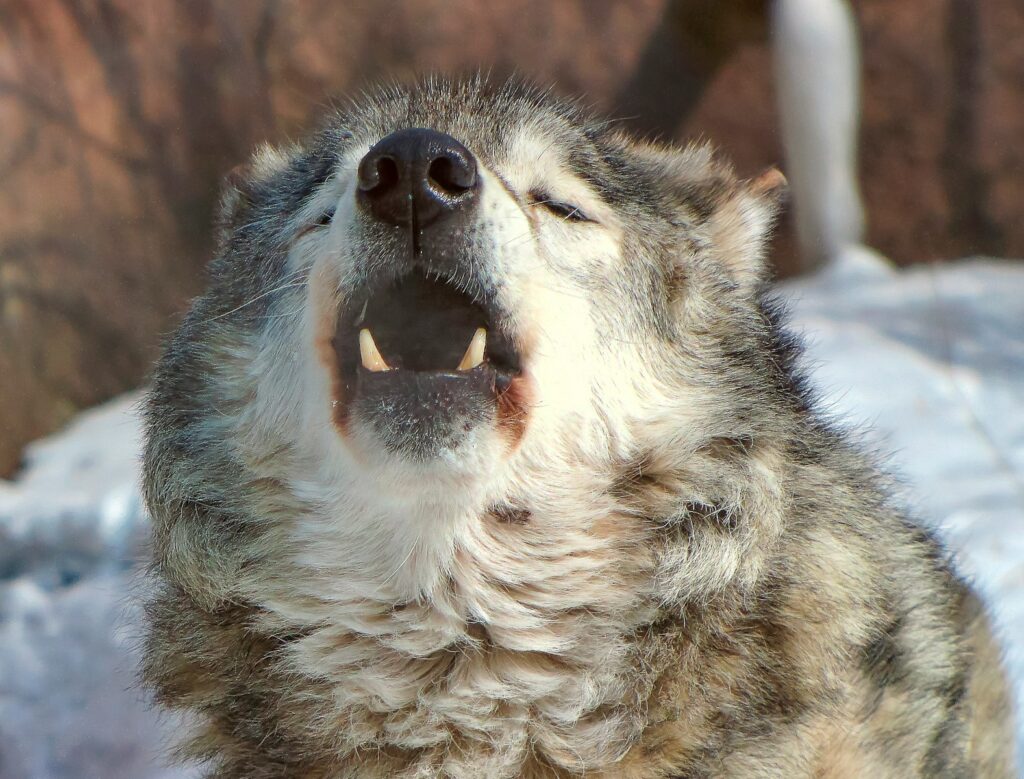
While howling represents the most famous form of wolf communication, unobtrusive observation techniques have revealed a sophisticated language system far beyond these haunting calls. Wolves employ a complex vocabulary of whines, growls, barks, and squeaks—each carrying specific meaning that other pack members interpret and respond to accordingly. Body language constitutes an equally rich component of wolf communication, with subtle ear positions, tail carriage, facial expressions, and body postures conveying detailed information about emotional states and intentions.
Scent marking represents another vital communication channel, with wolves leaving olfactory “messages” through urine, feces, and gland secretions that can be “read” by other wolves days or even weeks later. Studies using hidden microphones have revealed that wolves communicate continuously during hunting, using varied vocalizations to coordinate complex maneuvers—a behavior rarely witnessed directly by humans.
Playful Behavior Among Adults
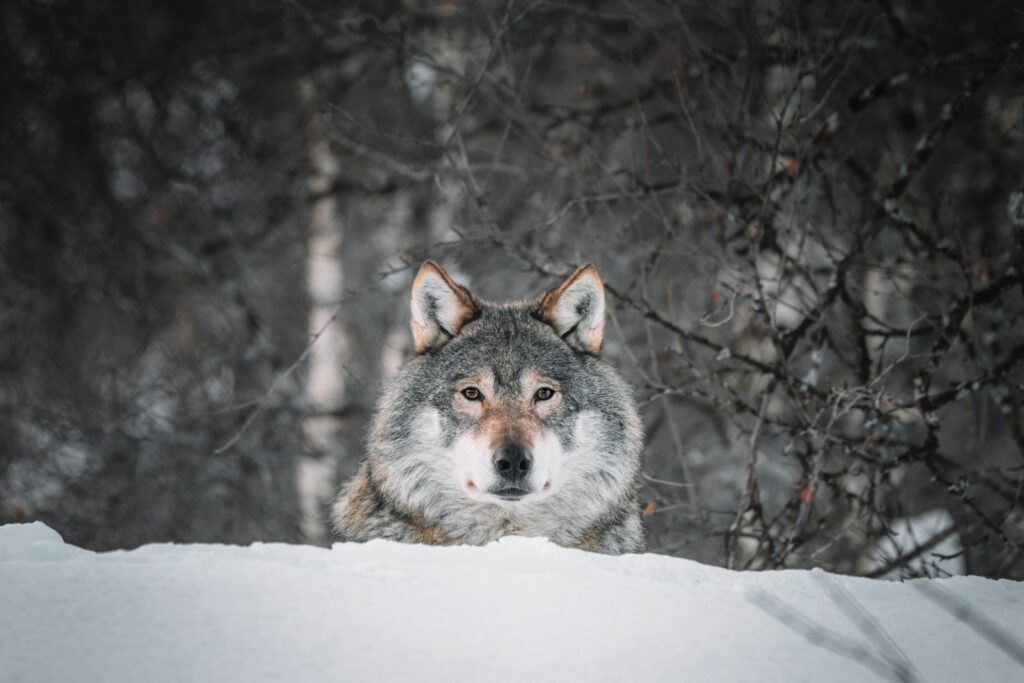
Contrary to the serious, always-on-alert image often portrayed in wildlife documentaries, remote cameras have captured surprising playfulness among adult wolves when they feel secure. Even mature, breeding wolves engage in play-bows, chase games, and mock wrestling matches that strengthen social bonds while maintaining physical fitness. This playful behavior isn’t limited to interactions with pups but occurs regularly among adults, particularly during less demanding seasons when food is abundant.
Environmental enrichment objects like fallen logs, streams, or even unusual natural items become impromptu toys, with wolves showing creativity in their play activities. Researchers have documented wolves sliding repeatedly down snowy slopes, apparently for no purpose other than enjoyment—challenging outdated notions that wild animals act solely from necessity and survival instinct.
Sophisticated Hunting Techniques
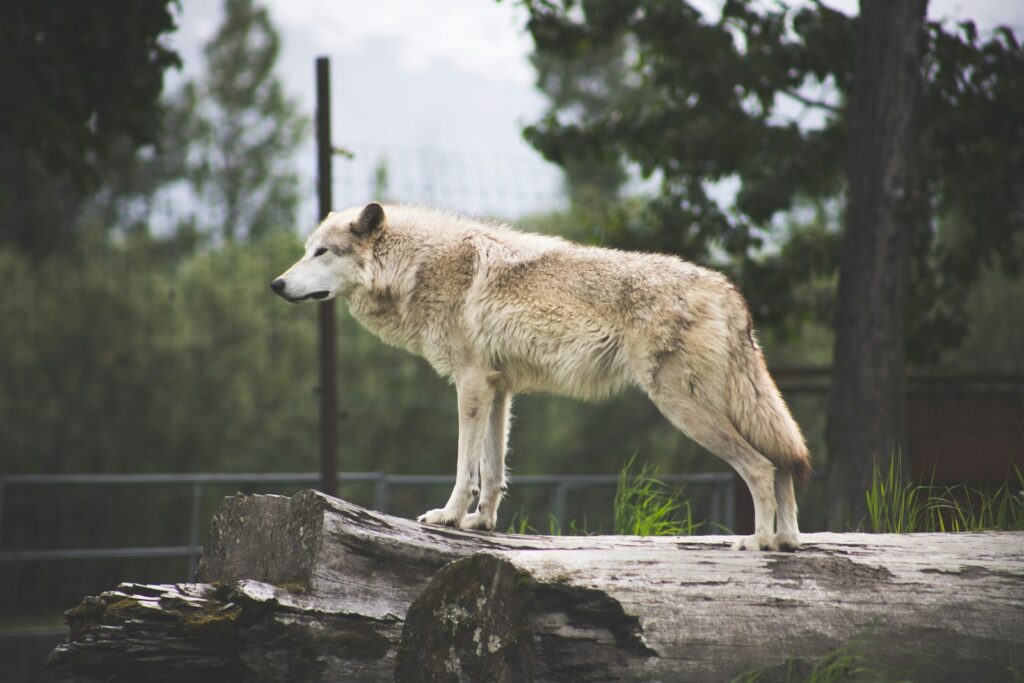
When unobserved by humans, wolves display hunting strategies far more sophisticated than the straightforward chase-and-ambush scenarios commonly depicted. GPS tracking combined with field evidence reveals that wolf packs often split into smaller units that coordinate over large areas, with some members driving prey toward others waiting in ambush positions. Different pack members specialize in various hunting roles based on their individual strengths—faster wolves may serve as pursuers while stronger members position themselves for the final takedown.
Studies in Yellowstone have documented wolves deliberately targeting specific herd members, assessing prey vulnerability with remarkable accuracy rather than randomly attacking. Perhaps most impressively, wolves adapt their hunting techniques to different prey species and environmental conditions, demonstrating a level of strategic thinking and tactical flexibility once considered unique to human hunters.
The Art of Wolf Relaxation
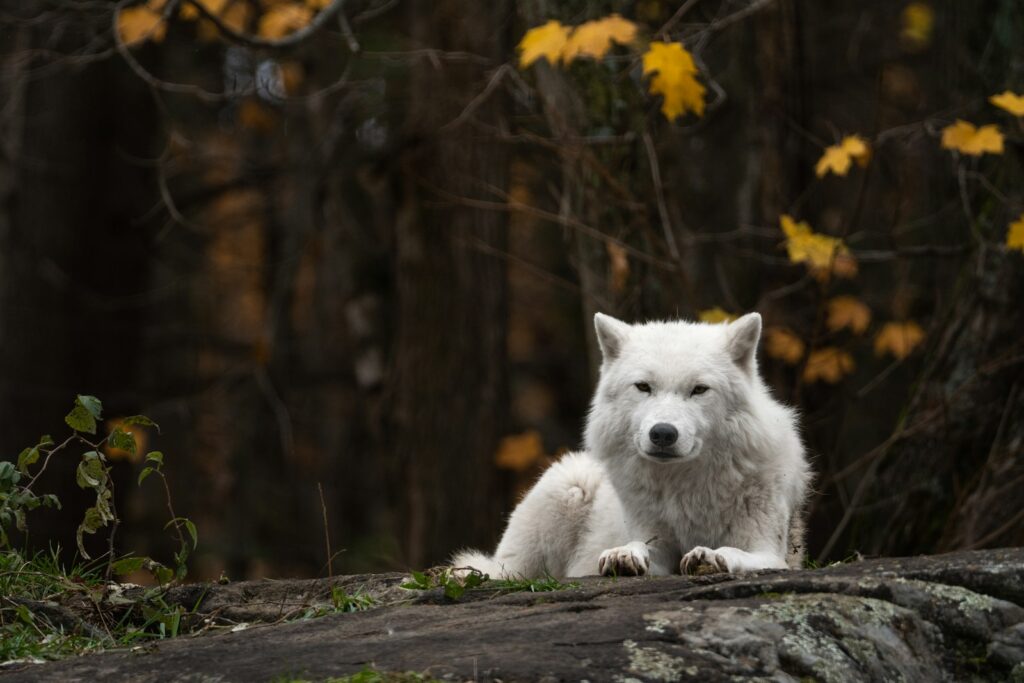
Despite their reputation as tireless predators, wolves actually spend significant portions of their lives resting and sleeping when they feel secure in their territory. Hidden camera footage reveals wolves selecting resting spots with careful attention to both comfort and security—often choosing elevated locations with good visibility or dense cover depending on weather conditions and perceived threats.
During these relaxation periods, pack members often gather closely, maintaining physical contact that strengthens social bonds while providing warmth in cold conditions. Wolves cycle through patterns of deep sleep, light napping, and alert rest throughout the day, with activity levels generally increasing around dawn and dusk. These periods of rest serve critical physiological functions, conserving energy between hunting expeditions that can require extraordinary physical exertion over many miles of territory.
Territory Maintenance Rituals
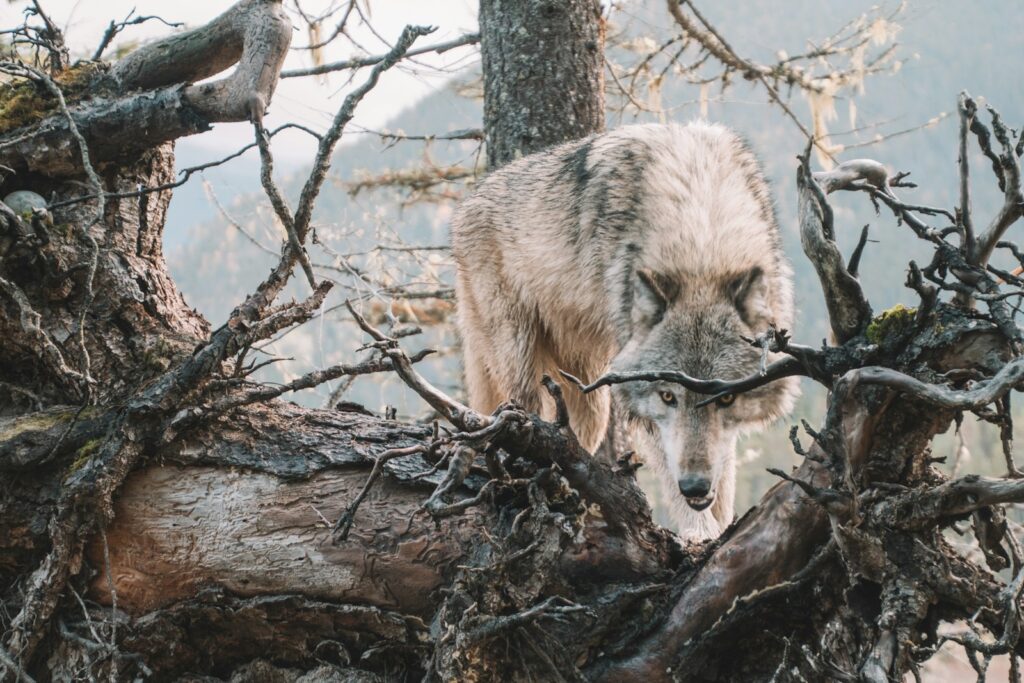
Wolf territories aren’t merely areas defended against intruders but complex landscapes actively maintained through regular patrolling and marking behaviors. GPS collar data shows wolves following established patrol routes, often covering the perimeter of their territory in patterns repeated over generations with remarkable consistency. During these patrols, breeding pairs perform elaborate scent-marking rituals at traditional boundary points, with both partners often marking the same locations to reinforce pair-bonding while warning potential intruders.
Camera traps have captured wolves deliberately visiting prominent landscape features like rock outcroppings, trail intersections, and waterway crossings for marking—creating an olfactory map intelligible to other wolves. These territorial maintenance activities intensify following the detection of neighboring packs or during denning season when protecting vulnerable pups becomes paramount.
Secret Mourning Behaviors
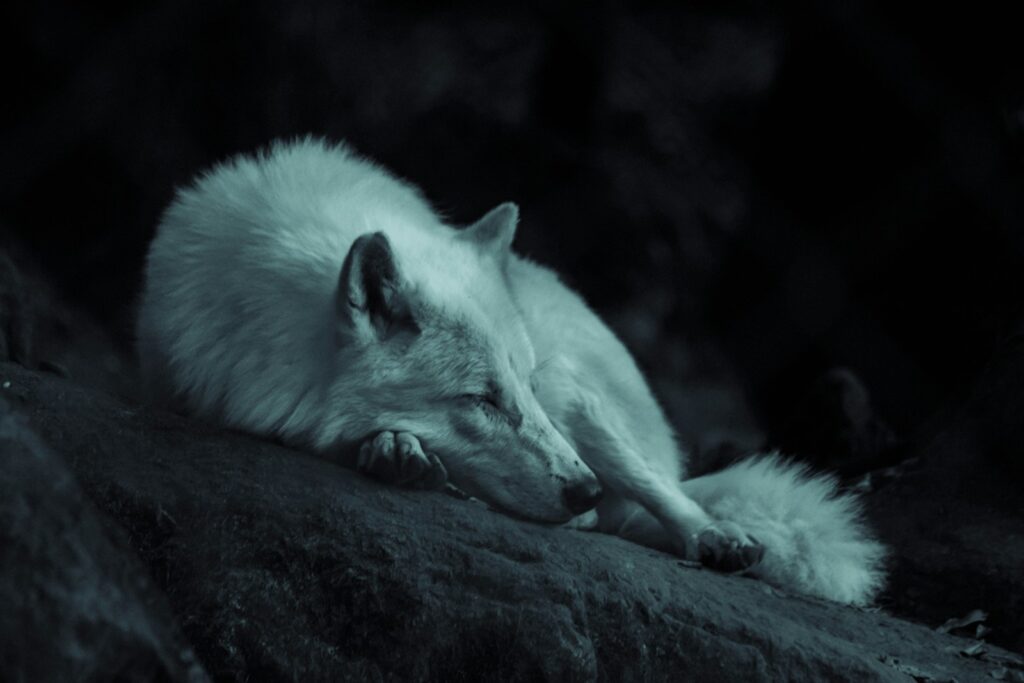
Remote observation has revealed that wolves appear to experience grief following the death of pack members, especially longtime companions or breeding partners. Researchers have documented surviving wolves visiting the death sites of packmates repeatedly over periods of weeks, sometimes howling at these locations or displaying visibly subdued behavior. After losing a mate, surviving wolves often exhibit signs of depression including reduced activity, decreased appetite, and withdrawal from normal social interactions with remaining pack members.
Perhaps most poignantly, some packs have been observed bringing food to injured members unable to participate in hunts—a level of compassion and care that contradicts simplistic views of nature as purely utilitarian. These mourning behaviors suggest emotional complexity and social attachment beyond what was previously attributed to non-human animals.
Unexpected Dietary Flexibility
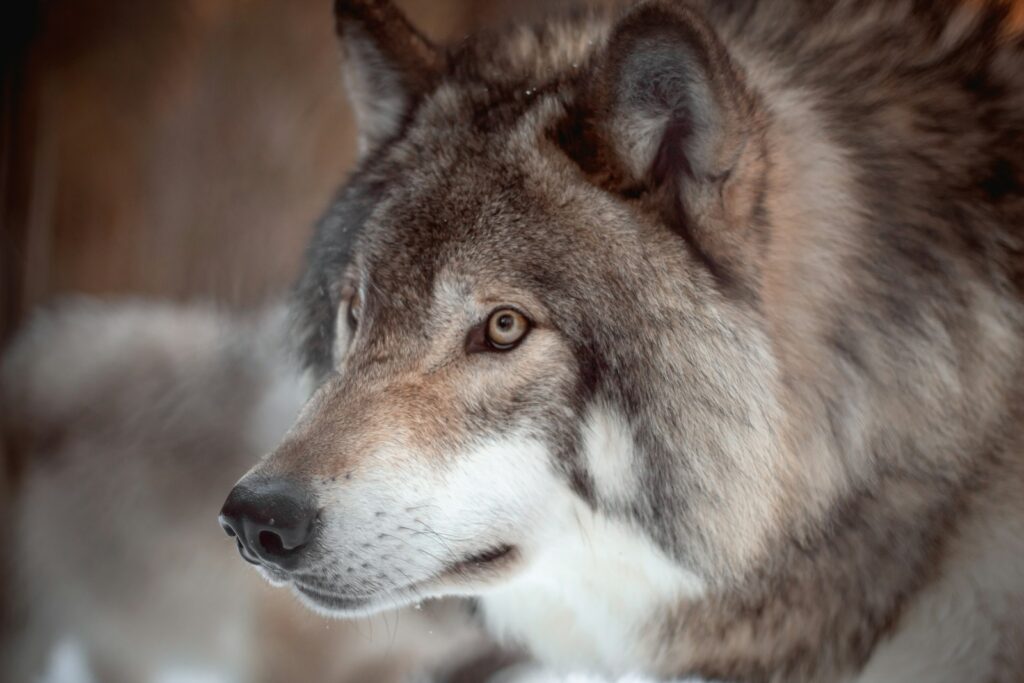
While commonly portrayed as exclusive carnivores specialized for hunting large mammals, unobtrusive observation has revealed wolves maintaining surprisingly diverse diets when humans aren’t watching. Scat analysis shows wolves regularly consuming seasonal berries, fruits, and even certain grasses—plant materials that provide essential nutrients complementing their meat-based diet.
During summer months, wolves have been documented fishing for spawning salmon in some regions, displaying learned techniques passed through generations for catching and consuming fish. Small prey like rodents, birds, and even insects make up a significant portion of wolf diets during certain seasons, especially when larger prey becomes scarce. This dietary flexibility allows wolves to survive in diverse habitats from Arctic tundra to desert regions, adapting their foraging strategies to whatever food sources are locally available.
Complex Intraspecies Politics
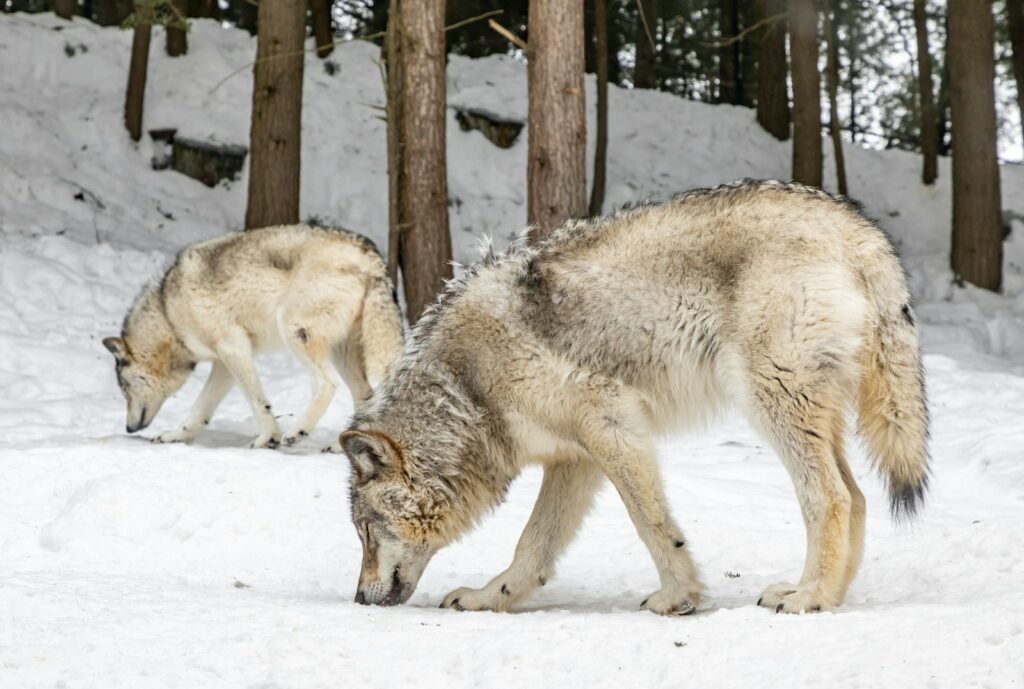
Between neighboring packs, wolves engage in sophisticated territorial negotiations rarely witnessed by human observers. GPS tracking reveals “buffer zones” between established territories where rival packs perform elaborate displays and counter-displays without necessarily engaging in direct conflict. Howling exchanges between packs serve as long-distance communication that helps establish boundaries and reduce potentially deadly confrontations through acoustic posturing.
Remote cameras have captured fascinating “diplomatic meetings” where representatives from neighboring packs cautiously interact at territorial boundaries, exchanging olfactory information while assessing the strength and determination of rivals. These political interactions can shift seasonally, with territories contracting during denning periods when pups need protection and expanding during winter months when prey becomes more dispersed.
Denning Site Selection and Preparation
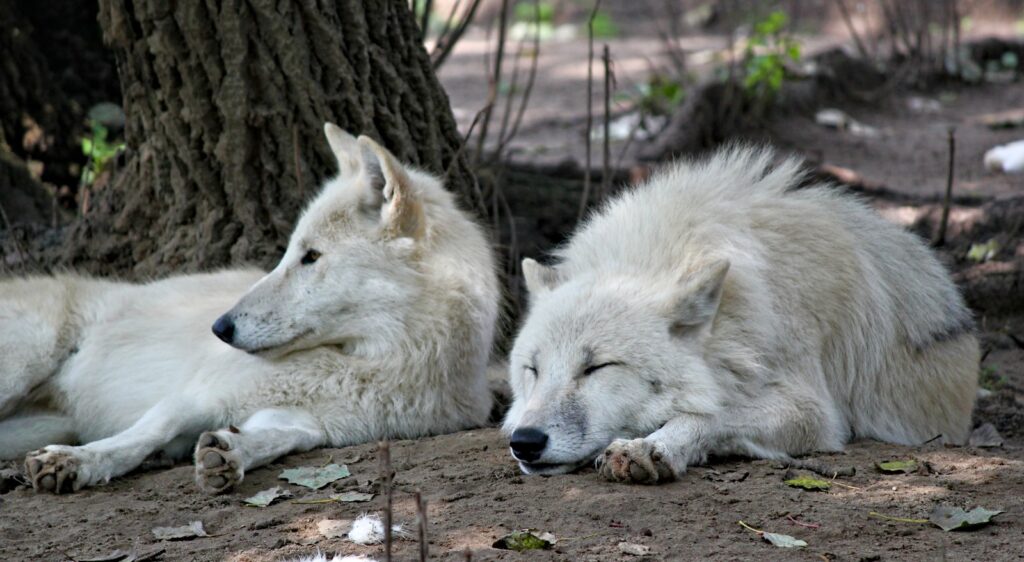
The process of selecting and preparing dens reveals remarkable foresight and planning when wolves believe they’re unobserved. Studies tracking pregnant females show they begin evaluating potential denning sites months before giving birth, often visiting and inspecting multiple options before making their final selection. Site criteria include drainage characteristics, defensibility, proximity to water, and distance from human activity—demonstrating sophisticated environmental assessment capabilities.
Once selected, denning sites undergo careful preparation, with wolves digging or modifying existing cavities, arranging bedding material, and establishing protective buffers through intensive scent-marking of the surrounding area. Most fascinatingly, wolves often maintain multiple “backup dens” within their territory, allowing rapid relocation of vulnerable pups if the primary site becomes compromised by predators, flooding, or human disturbance.
Innovative Problem-Solving Behaviors
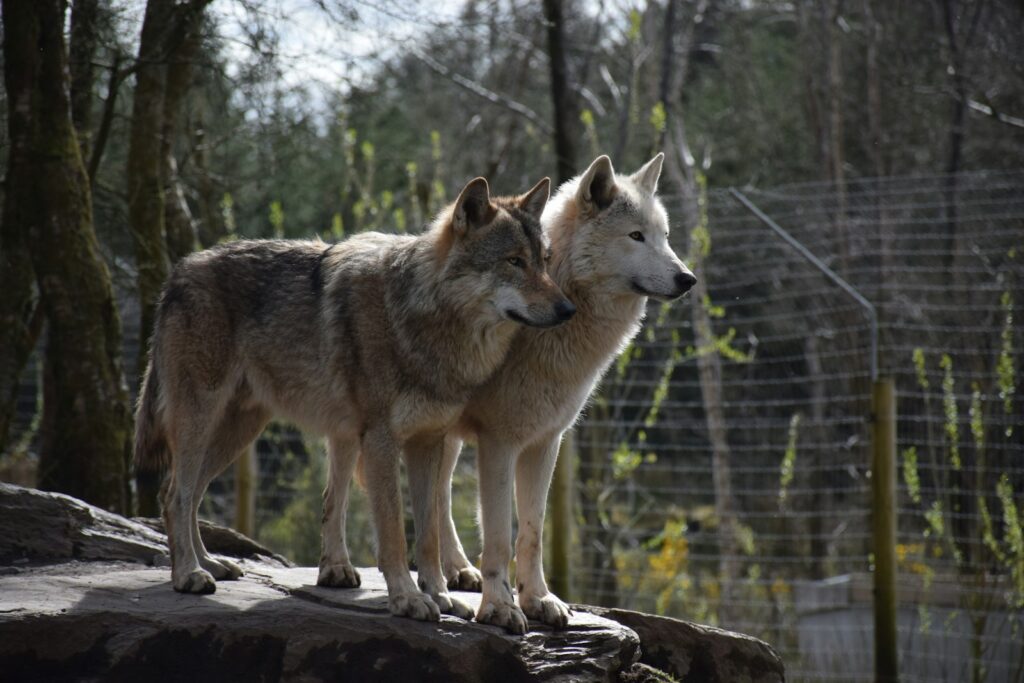
When facing novel challenges without human interference, wolves display remarkable problem-solving capabilities that challenge traditional views of animal intelligence. Camera traps have documented wolves learning to cross barriers previously considered effective deterrents, developing techniques to navigate around obstacles through trial-and-error experimentation. GPS tracking has revealed wolves using landscape features to strategic advantage while hunting—such as driving prey toward natural bottlenecks or using elevation to maintain visual contact across distances.
Particularly noteworthy are observations of wolves adapting their behavior in response to environmental changes, including altered hunting patterns following reforestation or shifts in territory use after natural disasters. Perhaps most impressively, these innovative solutions often spread through packs via social learning—with younger members observing and adopting successful strategies demonstrated by experienced individuals.
Surprising Interspecies Relationships
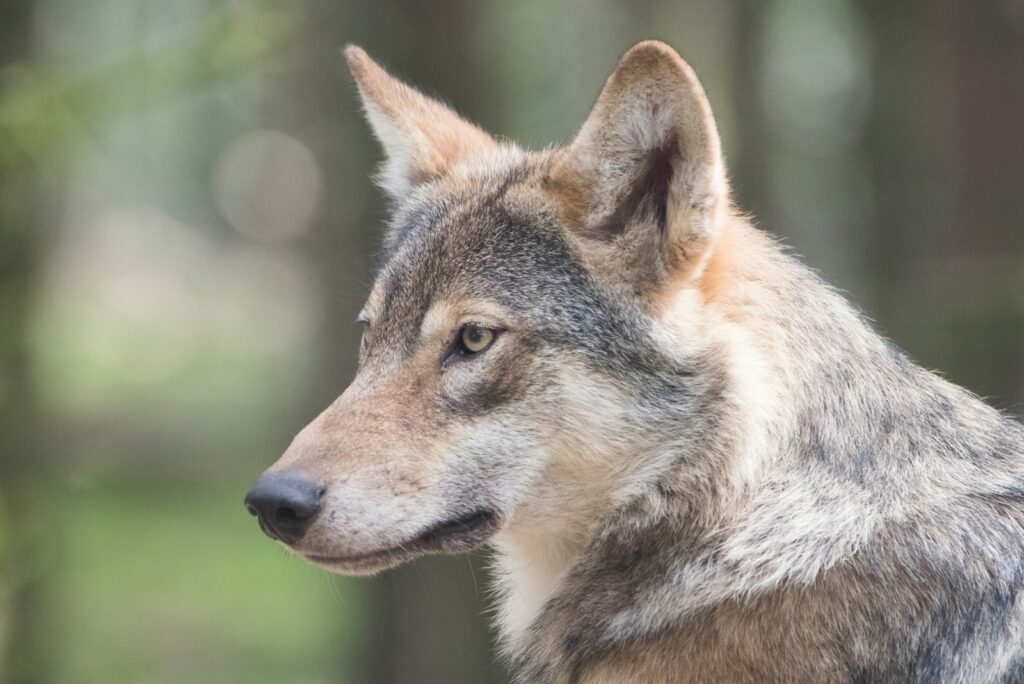
Beyond the ecological relationships of predator and prey, wolves engage in unexpected interactions with other species when they believe they’re unobserved. Research has documented mutual tolerance between wolves and certain scavenger species like ravens, with complex relationships that sometimes resemble cooperation—ravens alert wolves to potential prey while benefiting from access to wolf kills. Trail cameras have captured wolves and bears maintaining respectful distances at shared resources like carcasses, with sophisticated avoidance behaviors that minimize direct conflict.
In some regions, wolves and coyotes have developed complex coexistence strategies involving temporal separation—using the same territories but at different times to avoid confrontation. These interspecies dynamics reveal ecological relationships far more nuanced than the straightforward competition models often presented in simplified wildlife accounts.
Nocturnal Rituals and Pack Bonding
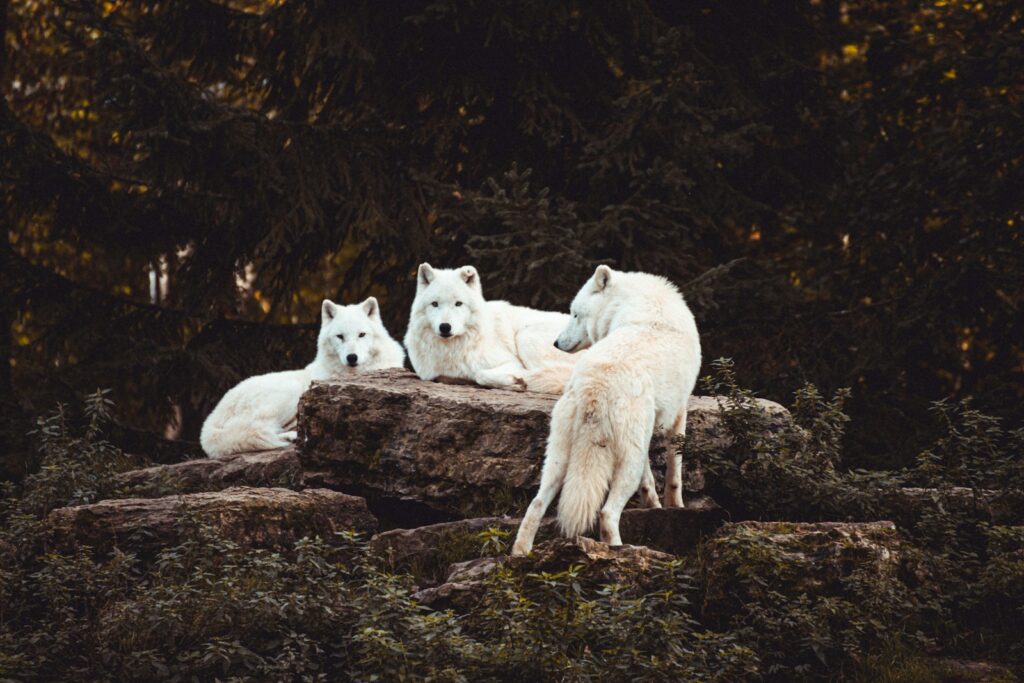
Under the cover of darkness, wolves engage in elaborate social bonding activities rarely witnessed by human observers. Nighttime camera footage reveals group howling sessions that appear to serve multiple functions—territorial advertisement to outsiders coupled with intense internal bonding among pack members. These sessions often follow successful hunts, with rhythmic vocalizations that sometimes last for hours and include distinctive roles for different pack members. Physical contact increases significantly during these nighttime gatherings, with mutual grooming, face-licking, and body rubbing that reinforces pack cohesion and reaffirms social relationships.
Researchers using infrared technology have observed what appear to be coordinated movement patterns resembling ritualized “dances” during these nocturnal gatherings—behaviors with no obvious survival function beyond social and emotional connection. These observations challenge utilitarian interpretations of animal behavior, suggesting cultural and social dimensions to wolf society beyond mere survival mechanics.
Conclusion: Discovering the Hidden Depths of Wolf Behavior
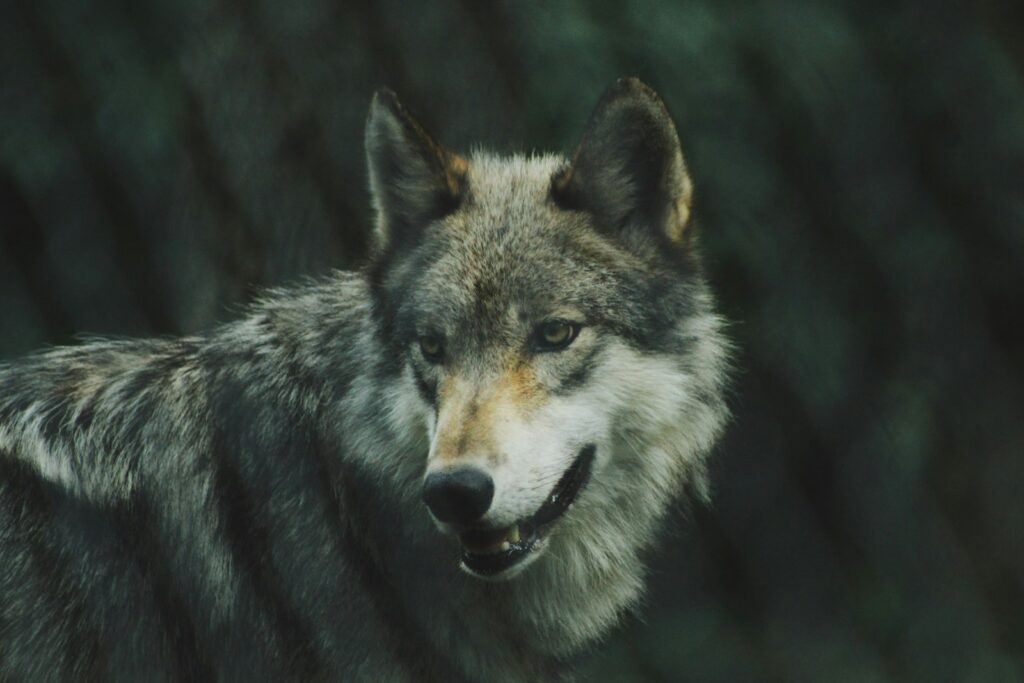
The secret lives of wolves reveal creatures far more complex, intelligent, and emotionally sophisticated than traditionally portrayed. From their nuanced social structures and problem-solving abilities to their capacity for play, mourning, and forming relationships across species lines, wolves demonstrate remarkable cognitive and social capabilities when they believe they’re unobserved. Modern research techniques continue to unveil new dimensions of wolf behavior, challenging us to reconsider our understanding of these iconic predators.
As we gain deeper insights into their hidden world, we develop not just scientific knowledge but perhaps also greater empathy and respect for these animals that have shared our planet for millennia—living rich, complex lives largely beyond human witness. Their secret lives remind us that the natural world operates according to its own intricate patterns whether we’re watching or not.

